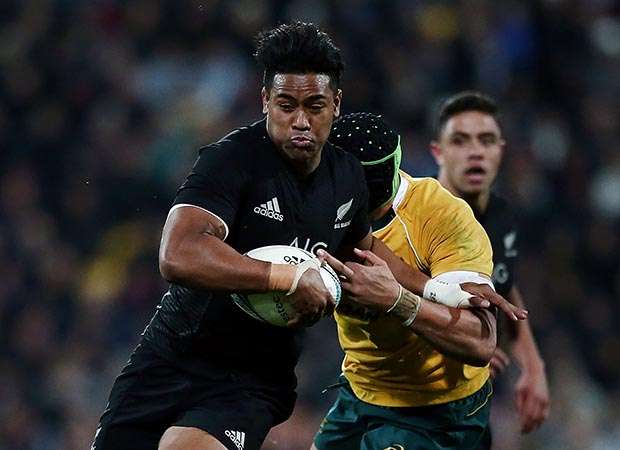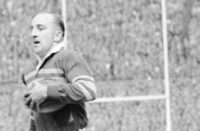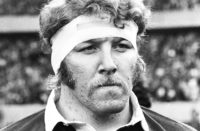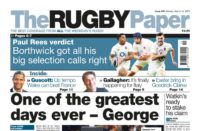 One day last February after an unusually turgid round of Six Nations matches, Warren Gatland made a few observations of a strictly defensive nature.
One day last February after an unusually turgid round of Six Nations matches, Warren Gatland made a few observations of a strictly defensive nature.
‘'We're all trying to be innovative and, hopefully, trying to create space but the more you try and be creative on attack, the better teams become defensively,'' the Wales coach said. ‘'There is just no space on the field.''
It is a shame for the rest, and a godsend for the game at large, that nobody told the All Blacks. The more they play, the more space they find, oceans of it. So much for the claustrophobia suffered by lesser teams.
In proving ad nauseam that they really are from a different planet, New Zealand have also exposed another theory as hokum. The shrinking of the pitch caused by the bigger, fitter and faster inhabitants of the Test arena, can hardly be said to have handicapped the Kiwis.
They score tries in such profusion that the steepling curve of their strike rate is zooming towards six per game, as illustrated by our table featuring the ten nations involved in the annual tournaments either side of the Equator.
Since starting their 17-match winning streak before the last World Cup, the holders have touched down for 98 tries, a total made all the more staggering by the fact that it is almost 50 per cent more than their nearest challenger, England.
All Blacks score tries from anywhere and everywhere, from every position on the field bar one, tighthead prop. There may be a plausible explanation for that given that the position has become the personal fiefdom of a player whose aversion to crossing the white line earned him a world record only last month.
Owen Franks would probably consider it bad form to break the habit of a lifetime. Why should he when tries are flooding in from all directions around him?
It's not as if the All Blacks have been gorging themselves on an endless feast of meaty soft touches. Argentina, the only opponent to restrict Steve Hansen's squad to fewer than three tries since they began their all-conquering run 14 months ago, have since been put in their place.
The Pumas simply went the way of the rest, conceding eight tries in Hamilton last month and five more in Buenos Aires a fortnight ago. Those beatings turned out to be mere rehearsals for the one they administered to South Africa, not in some wet and windy corner of the South Island but smack bang in a Springbok shrine.
Kieran Read and his dazzling troupe rewrite history wherever they go and never on a more devastating scale than at King's Park in Durban last week. The Springboks had never been engulfed by 50 points and nine tries in a home Test. They have now.
Starting in Dunedin at the end of June when they ran rings round a weary Wales, the Kiwis have averaged more than six tries in their last seven matches. It will be a surprise if the Wallabies at Eden Park next Saturday turns out to be anything less than par for the course.
At their current strike rate, All Blacks produce three times as many tries per game as France and almost three times as many as Wales. Those two have managed no more than 40 over their last 17 matches and almost half of those came against Uruguay in the World Cup and Italy in the Six Nations.
By the end of next month, Hansen's untouchables will surely have taken their unprecedented winning streak into the 20's, starting with Ireland in Chicago and finishing in Paris with France whom they crushed 9-1 on tries in Cardiff this time last year. It cannot be said with any certainty that next month's occasion will be any less of a mis-match.
With England giving them the widest of berths until the next World Cup, perhaps the only team capable of giving New Zealand a run for their money are New Zealand reserves.
They continue to ridicule the theory peddled by some coaches that there is no space to be found. And for that, the All Blacks continue to do the old game at large the biggest of favours.


























